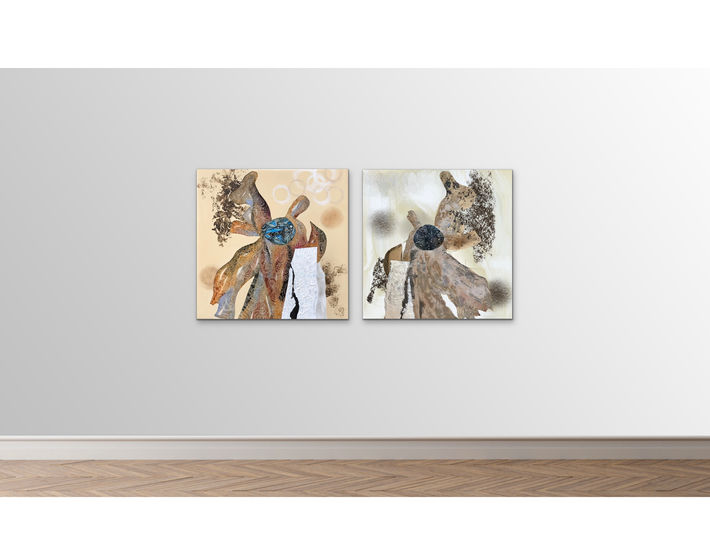Heterotopia
The vortex figures
Dreams in myths represent signs of divine birth, divine revelation, prophecy, causes of illness and healing. In
myths and other stories, dreams become important subjects in both the East and the West, and especially in
Buddhism, it has the meaning of ceremonial impermanence (諸行無常). The aspects of dreams appearing in
classical literature are generally divided into two categories: one is that the entire contents of the work are made
of dreams, and the other is when dreams serve as an opportunity to solve problems in the development of the
work. Meanwhile, Western scholars such as, Freud see dreams as a world of the unconscious, and they value
dreams as tools to heal problems in the mental world. Freud revealed that dreams are neither meaningless nor
absurd, and that their essence is the fulfillment of wishes, a purely psychological phenomenon. However, there
are many types of dreams that seem to violate that theory. Typically, anxiety-dreams and unpleasant dreams
cannot be at all pleasant content, nor do they appear to be wish fulfillment. However, if we examine and interpret
the potential dream-think behind the content, we can see that even such unpleasent dreams are wish fulfillment.
In other words, dream-thinking before being processed into dream-content by dream-distortion are all wish
fulfillment and this is called the disguised fulfillment of the suppressed hope. It is expressed in the spiritual space
of dreams by combining the suppressed hopes of reality and memories of the past. These art works show how the
human unconscious is conscious of the suppressed human nature with the theory of Freud with the artist symbol
of vortex figures.






















